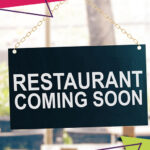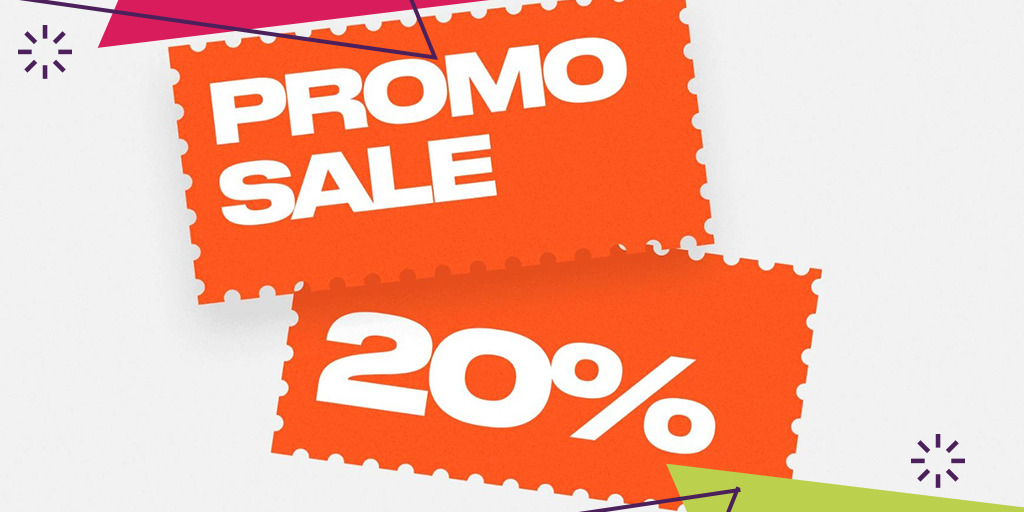Boost Your Bottom Line: Smart Upselling Techniques to Increase Restaurant Revenue
Every restaurant owner looks for ways to increase revenue without drastically raising prices or cutting costs. One of the most effective yet often underutilized strategies is upselling. Done correctly, upselling not only increases the average check size but can also enhance the guest experience by introducing them to higher-quality or complementary items they might genuinely enjoy. Here’s how to implement effective upselling techniques in your restaurant.
What is Upselling in a Restaurant?
Upselling involves encouraging customers to purchase a higher-end version of an item they are already considering or adding complementary items to their order. It’s not about pushing unwanted products; it’s about making relevant suggestions that add value to the guest’s meal.
1. Train Your Staff Effectively
Your servers are on the front line of upselling. Success hinges on their training:
- Product Knowledge: Staff must know the menu inside-out – ingredients, preparation methods, and flavor profiles. They need to confidently describe premium dishes, side items, and beverages.
- Suggestive Selling Techniques: Train them how to upsell naturally. Instead of asking “Do you want a drink?”, try “Would you like to start with one of our signature craft refreshments”
- Identify Cues: Teach staff to listen for opportunities. If a guest is undecided, suggesting a popular, slightly higher-priced item can be helpful.
2. Know Your Menu’s Upsell Opportunities
Analyze your menu to identify clear upsell paths:
- Appetizers & Sides: Encourage sharing platters or suggest adding sides like truffle fries, grilled asparagus, or a premium salad.
- Entrée Modifiers: Offer additions like grilled shrimp to a steak, avocado to a salad, or premium cheese to a burger.
- Desserts & Coffee: Always offer the dessert menu or suggest coffee/tea, perhaps paired with a liqueur.
3. Use Descriptive and Appealing Language
How you phrase the suggestion matters. Instead of “Want cheese on that?”, try “Would you like to add our aged sharp cheddar or creamy provolone to your burger today?” Highlighting quality ingredients (“our house-made balsamic vinaigrette,” “locally sourced…”) makes the upsell more attractive.
4. Timing is Everything
Introduce upsell suggestions at appropriate moments:
- Appetizers/Sides: Suggest these when guests are placing their main course orders.
- Dessert/Coffee: Offer these after clearing the main course plates.
- Check-ins: When checking back on a table, a server might suggest another round of drinks.
5. Don’t Be Pushy – Focus on Enhancement
The golden rule of upselling is to enhance the guest experience, not pressure them. Staff should read table dynamics and make genuine recommendations. If a guest declines, accept it gracefully. Aggressive tactics can backfire, leading to negative reviews and lost customers.
6. Track and Incentivize (Optional)
Monitor which upselling techniques work best. Track sales of specific upsell items. Consider friendly competitions or small incentives for staff who effectively use suggestive selling to enhance guest orders, ensuring it doesn’t compromise genuine service.
Conclusion:
Mastering the art of upselling is a powerful tool for increasing restaurant revenue. By training your staff, understanding your menu’s potential, using descriptive language, and focusing on enhancing the guest experience, you can effectively boost your average check size while leaving customers feeling satisfied and well-cared-for. It’s a win-win strategy for sustainable gr






